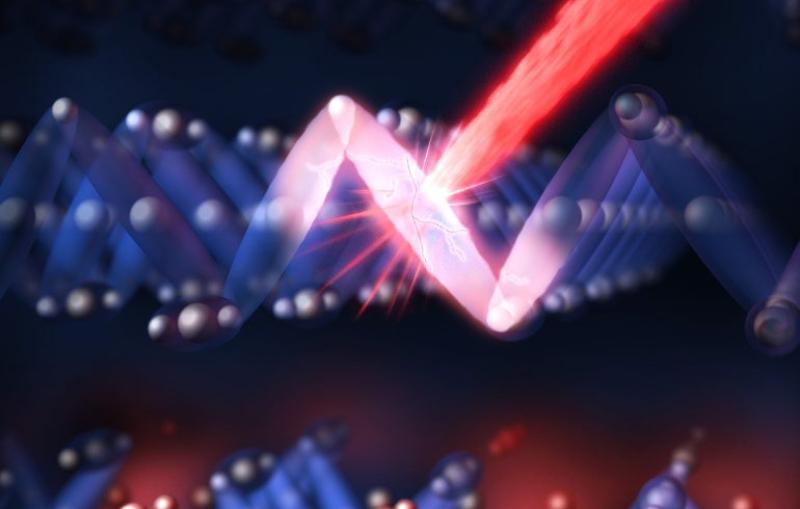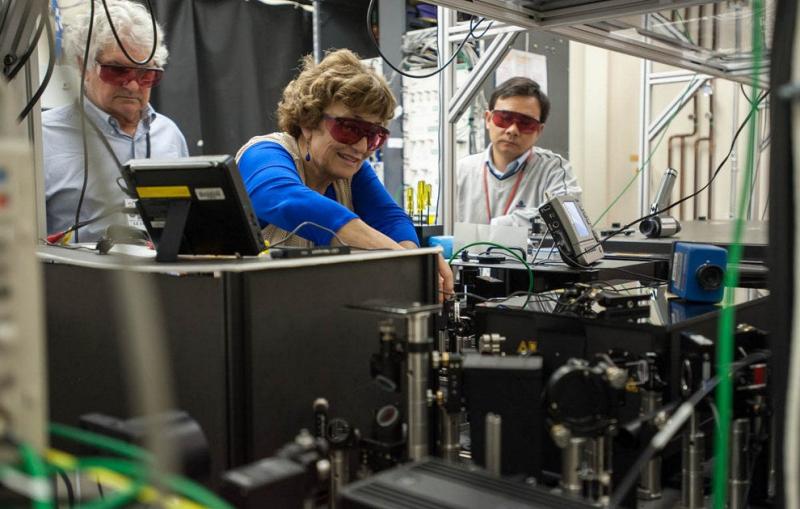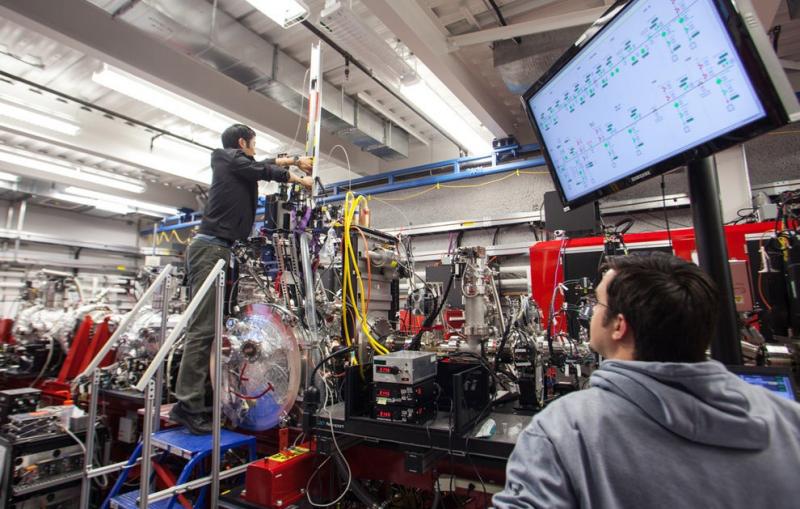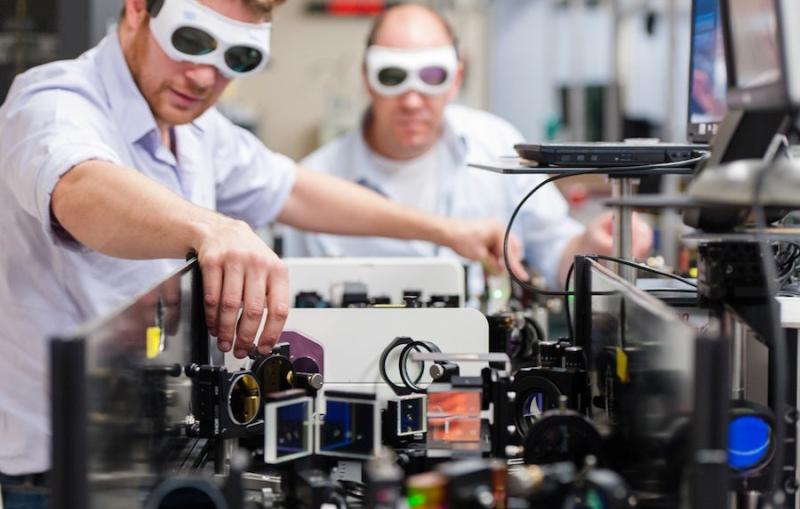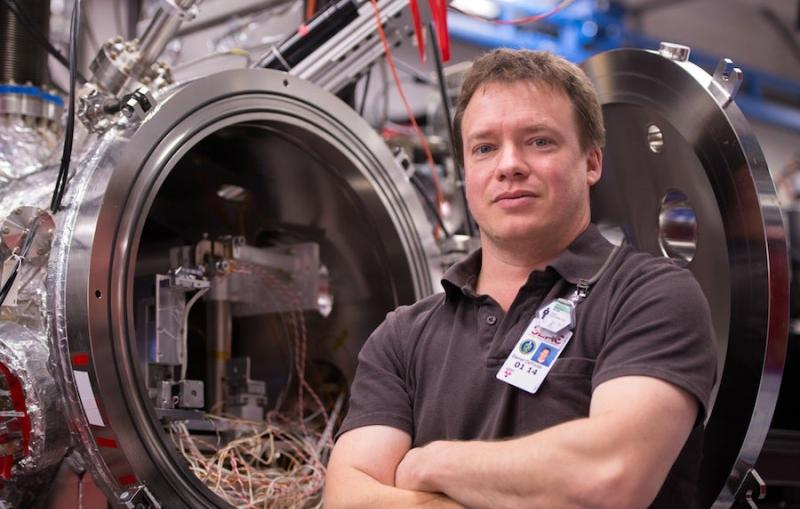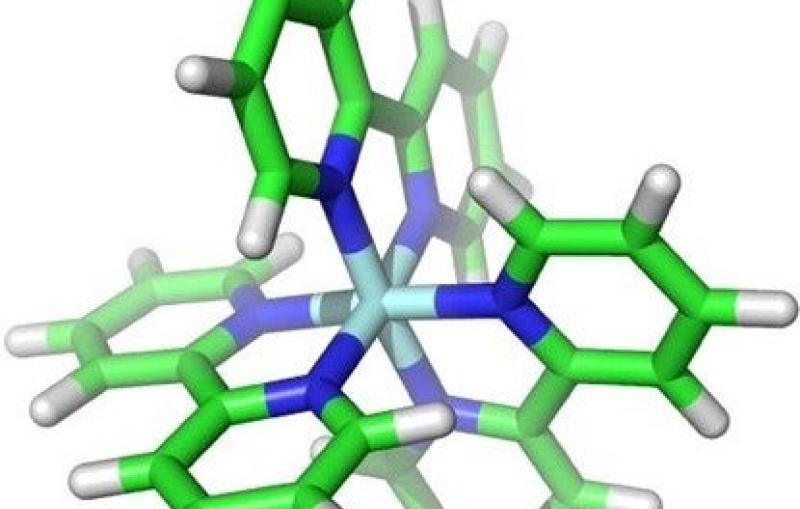Daniel DePonte, a pioneer in finding ways to serve up a steady and precise supply of crystals, viruses and other precious samples for laser experiments, is the newly hired sample-delivery group leader for SLAC’s Linac Coherent Light Source X-ray laser.
